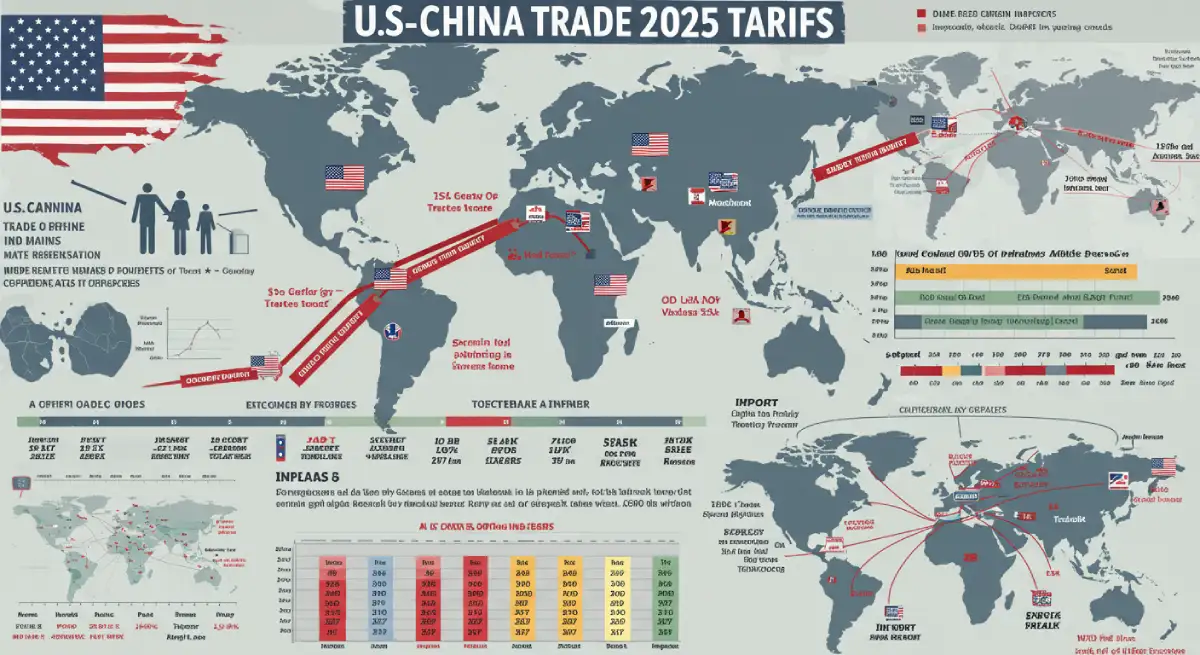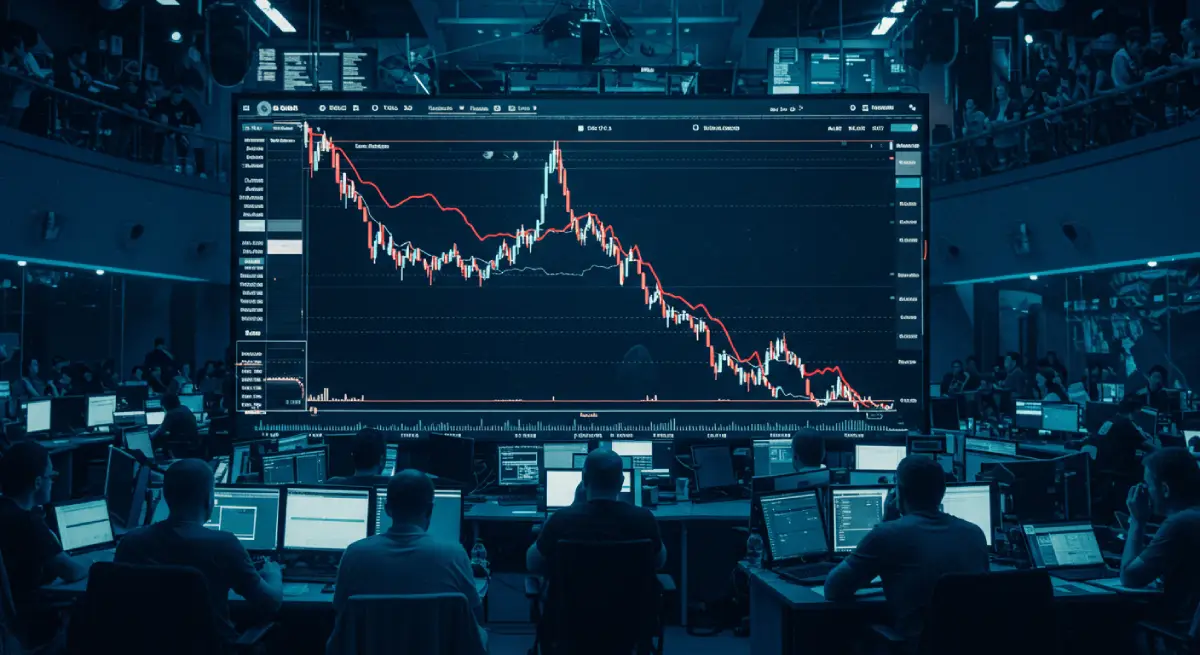Current Context
Impact on Stock Markets
Short-Term Volatility Surge
Higher 2025 tariffs will inflate import costs, pressuring U.S. companies like Apple and Tesla, which rely on Chinese supply chains. This could lower earnings forecasts. If April tariffs climb to 30%-40%, the stock market effects might include a 5%-10% S&P 500 decline, with tech-heavy Nasdaq potentially dropping 10%-15%. The 3% dip on March 4 underscores market sensitivity to 2025 tariffs, with tariff scope (e.g., semiconductors, consumer electronics) as a pivotal factor.
Dollar Strength and Inflation Pressures
Rising 2025 tariffs will boost goods prices, stoking inflation expectations. The Federal Reserve may raise interest rates, strengthening the dollar (up 1.5% on March 4). This could increase borrowing costs, hitting growth stocks hardest with potential 10%-20% declines, while defensive sectors (e.g., utilities) hold steadier. Monitoring Fed responses will be key to gauging stock market effects.
Long-Term Implications
Prolonged trade escalation could slow global growth, prompting U.S. firms to shift supply chains to Vietnam or India. Short-term cost hikes will weigh on the stock market, but long-term relief may emerge. If the S&P 500 falls to a yearly low in April (e.g., 4,300-4,500 from 4,800), Trump’s tax cuts could spur a summer rebound.
Impact on Cryptocurrency Markets
Short-Term Downward Pressure
Cryptocurrency impact often mirrors stock market effects, amplified by dollar strength. If April 2025 tariffs reach 30%-40%, Bitcoin price could slide from $87,000 to $65,000-$70,000 (a 25%-33% drop), with Ethereum following suit. The 8% dip on March 4 offers a benchmark. Leverage-driven liquidations exceeding $1 billion could deepen the cryptocurrency impact, though a plunge to $40,000 (54%) would require extreme triggers like a market crash.
Market Sentiment Swings
2025 tariffs heighten uncertainty, potentially driving investors from Bitcoin price volatility to safe havens like gold or bonds. X posts on March 24 cited relief from tariff fears lifting Bitcoin past $87,000, but a sentiment reversal could spark a 10%-20% correction. Trump’s pro-crypto stance (e.g., January 23 Bitcoin reserve plan) may cap cryptocurrency impact at a 30% decline.
Mid-Term Recovery Potential
A tariff-induced drop could attract institutional buyers (e.g., MicroStrategy) and ETF inflows. X data shows weekly ETF inflows of $740 million bolstering Bitcoin price. If it falls to $65,000-$70,000, May could see a rebound to $80,000+, fueled by policies like SEC crypto clarity, softening the cryptocurrency impact.
Interplay Between Stocks and Crypto



